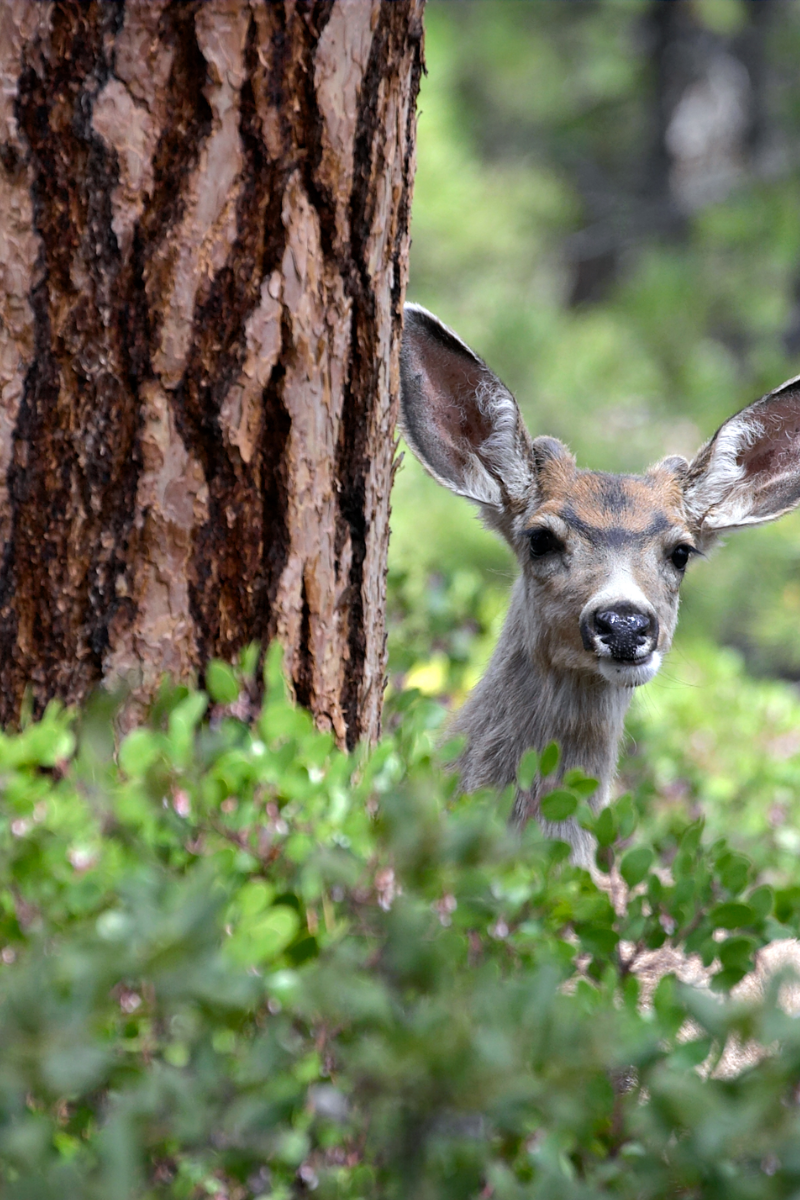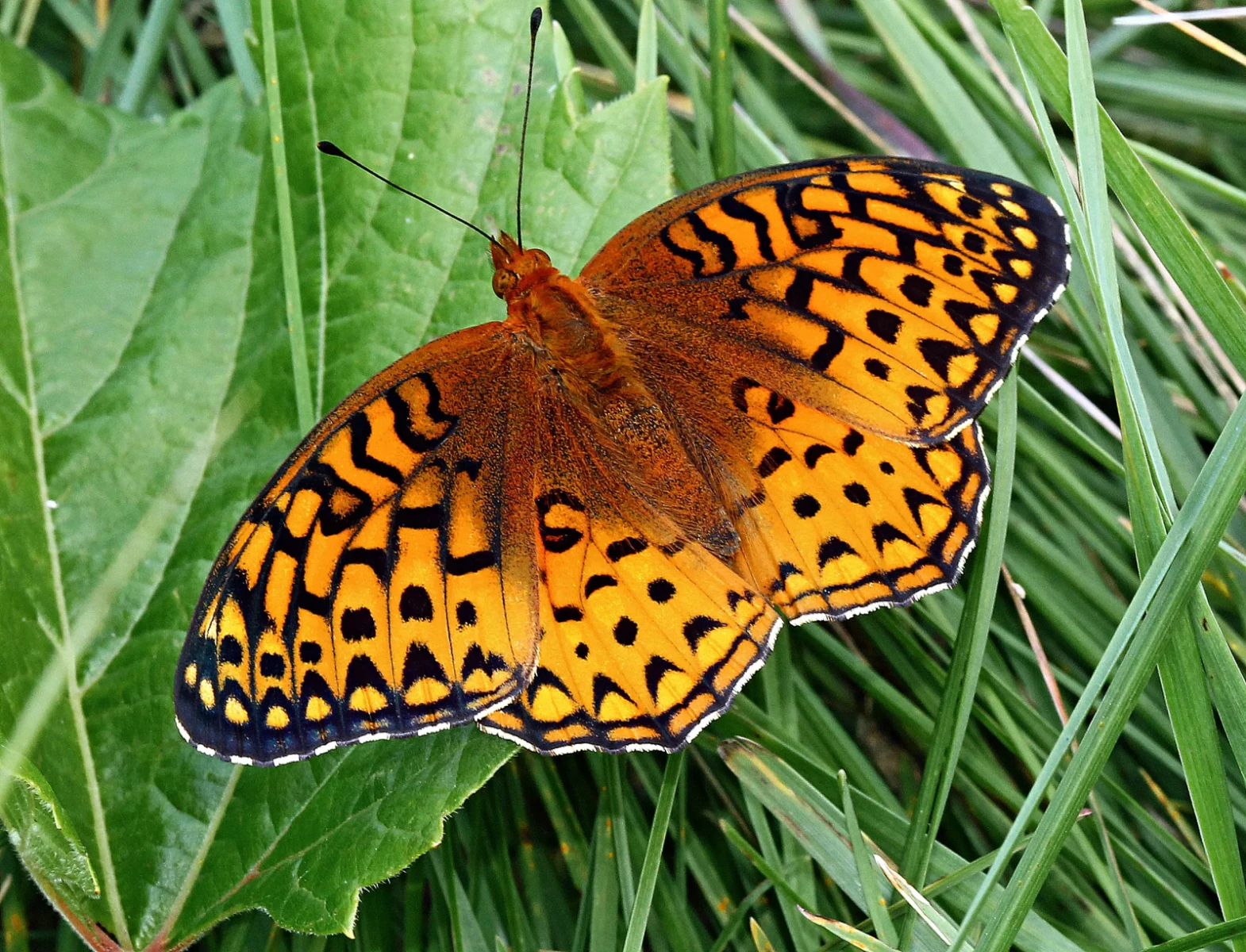| Scientific Name Speyeria cybele Size Wingspan of 2 1/2 – 4 inches Habitat Southern Canada and across the northern and central United States. Status More data needed |
About
Great spangled fritillaries have bright orange to brownish wings with black spots and bands. Their range spans southern Canada and across the northern and central United States. More research is needed to better understand the great spangled fritillary’s specific distribution and range throughout Oregon. They are currently listed as a conservation strategy species in the West Cascades and Willamette Valley.
Female great spangled fritillaries lay their eggs near violets in late summer and the larvae exclusively feed on the leaves of violets (mostly on Viola glabella in western Oregon). Adults feed on the nectar of many flower species including milkweeds, violets, vetch, and red clover.
As they flit from flower to flower, these butterflies transport pollen with them, thus assisting in the reproduction of flowering plants. Animal pollinators aren’t just friends of flowers, they are a key component of agriculture and food production. Over 75% of the staple food crops that humans rely on require animal pollinators!
Why do they need our help?
In order to help great spangled fritillaries thrive, we need to protect the plants they rely on to survive! In Oregon, the protection of native violets is key for these butterflies. We can also manage meadows to reduce encroachment, and work to maintain hydrology at known sites.
Did You Know?
- You can plant patches of native violets in your yard to create habitat for great spangled fritillaries.




